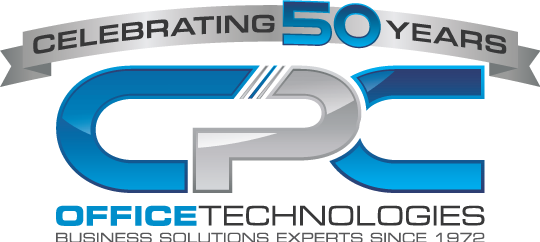
The well-equipped contemporary office would be hard-pressed to get by without the right scanning solutions. Scanning allows employees to capture information, convert documents to digital formats, and provides a bridge between paper-based and paperless processes.
Understanding Scanning Terminology
When your company implements new scanning solutions, your staff may be confused initially by the list of enigmatic terms. As with any new technology, the new terminology can seem daunting at first, but it won't take long until everyone in your office is proficient at scanning. Here's a look at the short list of terms and processes your team will need to learn when they begin scanning.
DPI — Most knowledge workers know that DPI means dots per inch, but not everyone may understand the practical application. A higher DPI delivers clearer images when converting hard copy documents to digital formats. The correct DPI varies between your documents and their intended use.
PPM — Most scanning solutions list the device's PPM or page per minute capabilities in the manual or product brochure. For high-volume requirements, a higher PPM will help your team complete scanning tasks more quickly. It's important to note that when selecting a higher image quality, scanning speeds may be slower.
ADF — An ADF, or automatic document feeder allows users to place several documents in the scanner tray. Without an ADF, users must scan one document at a time. An ADF provides greater convenience and allows employees to work on other tasks during the scanning process.
Simplex, duplex — Simplex scanning solutions capture documents one side at a time. Duplex scanning solutions automatically scan both sides of two-sided documents.
The right scanning solutions for your company may include a mix of multifunction systems and stand-alone scanners. For help deciding which is best for your business requirements, contact us at CPC Office Technologies today!
